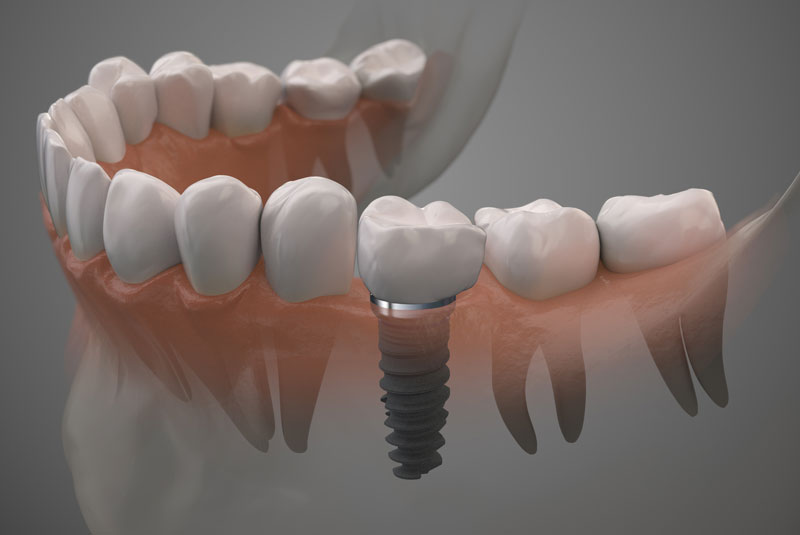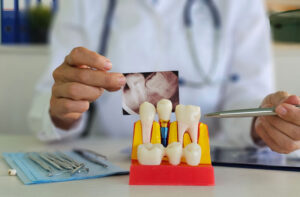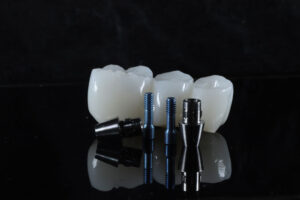Dental implants have transformed the field of restorative dentistry, offering patients a permanent and natural-looking solution for missing teeth. Unlike traditional dentures or bridges, implants integrate directly into the jawbone, providing unmatched stability and function. A complete dental implant consists of three critical components: the implant screw, which fuses with the bone; the abutment, which serves as a connector; and the crown, the visible artificial tooth that restores aesthetics and chewing function. While all three parts play essential roles, understanding the abutment is particularly important for ensuring the long-term success of the implant.
The abutment on implant is a small yet essential component that connects the implant post to the crown, creating a stable and durable foundation. Once the implant has successfully fused with the jawbone through osseointegration, the abutment is securely attached to serve as a platform for the final restoration. Abutments are typically made from strong materials like titanium or ceramic, ensuring both functionality and aesthetic appeal. Selecting the right abutment is crucial, as it affects the implant’s stability, bite alignment, and overall comfort. Understanding its purpose and placement process can help patients feel more confident in their dental implant journey.
The Vital Role of the Abutment in Implant Stability
The abutment plays a critical role in ensuring the long-term stability and functionality of a dental implant. It acts as a connector between the implant post and the crown, allowing the final tooth restoration to sit securely in place. A well-positioned abutment ensures that the implant withstands daily chewing forces, preventing loosening or instability over time. Additionally, the proper alignment of the abutment contributes to bite harmony, ensuring that pressure is evenly distributed across the teeth, reducing the risk of complications.
Custom abutments are often designed for patients who require precise alignment and optimal aesthetics, especially for front teeth restorations. These are tailored to fit the patient’s unique dental structure, offering a more natural appearance and enhanced durability. Alternatively, stock abutments, which come in pre-made shapes and sizes, are used in cases where customization is less critical. Regardless of the type, the correct selection and placement of the abutment ensure the implant’s long-term success, improving both the function and aesthetics of the final dental restoration.
Types of Abutments: Choosing the Right Fit for You
There are different types of abutments available, each designed to cater to varying dental needs and aesthetic preferences. Titanium abutments are among the most commonly used due to their strength, durability, and biocompatibility. These abutments integrate seamlessly with the implant post, ensuring long-term stability and resistance to wear. Titanium is ideal for back teeth, where strength is the primary concern, as these areas endure the most chewing pressure.
For patients concerned about aesthetics, particularly for front teeth, zirconia abutments provide a superior cosmetic option. Zirconia abutments are tooth-colored, allowing them to blend naturally with the surrounding teeth and gums. While slightly less durable than titanium, they are an excellent choice for cases where visibility is a primary factor. The selection of the right abutment depends on various considerations, including location, function, and personal preferences, making it essential to work closely with an experienced dental professional to ensure the best outcome.
Ensuring Long-Term Success: Implant Care and Maintenance
Proper care and maintenance are essential to ensure the long-term success of your dental implant and abutment. Just like natural teeth, implants require regular brushing, flossing, and professional cleanings to prevent complications such as peri-implantitis, an infection that can cause inflammation and bone loss around the implant. Using a soft-bristle toothbrush and non-abrasive toothpaste can help keep the abutment and surrounding gums clean without causing damage. Additionally, antimicrobial mouth rinses can further reduce the risk of bacterial buildup and infections.
Regular follow-up visits with your dentist are crucial for monitoring implant stability and addressing any potential issues early on. Your provider will check the fit, positioning, and condition of the implant, ensuring that the abutment remains securely in place. Lifestyle choices, such as avoiding smoking and excessive alcohol consumption, also contribute to better implant health, as these habits can slow healing and increase the risk of implant failure. By prioritizing good oral hygiene and routine check-ups, patients can enjoy long-lasting, worry-free results with their dental implants.
Are you ready to restore your smile with dental implants at our skilled and trusted dental practice? Don’t wait to get the smile of your dreams with us. Get in contact with our doctor, Dr. Andres Biaggi, Schedule Now, and our exceptional team at our practice to schedule an appointment today!




